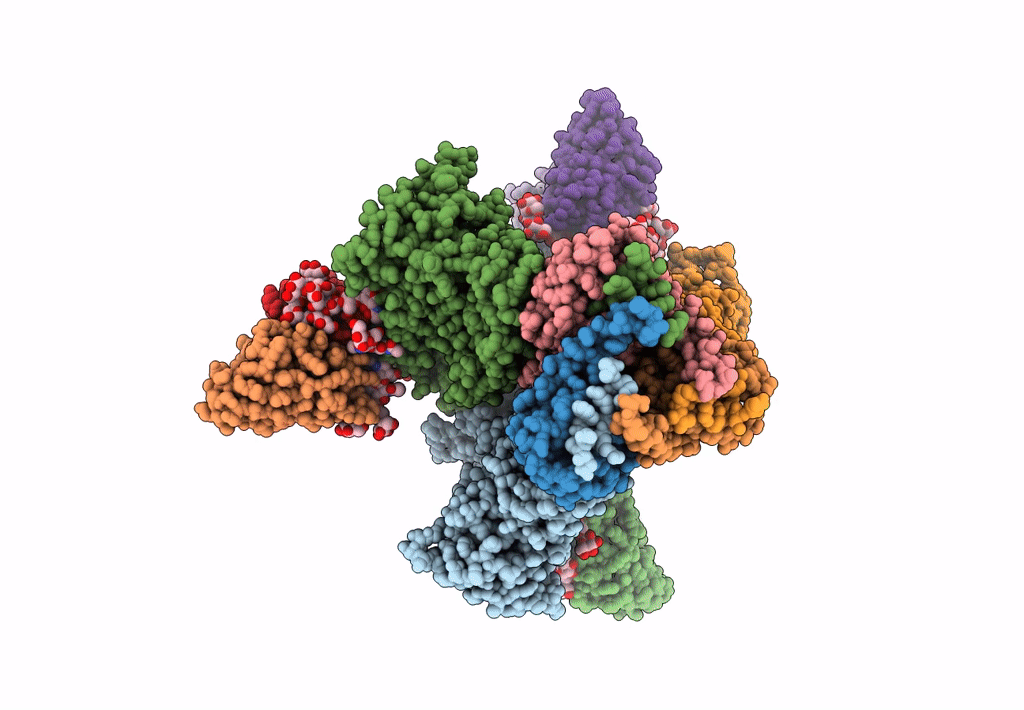
Deposition Date
2023-04-01
Release Date
2023-04-19
Last Version Date
2025-05-14
Entry Detail
Biological Source:
Source Organism:
HIV-1 06TG.HT008 (Taxon ID: 587638)
Homo sapiens (Taxon ID: 9606)
Homo sapiens (Taxon ID: 9606)
Host Organism:
Method Details:
Experimental Method:
Resolution:
4.00 Å
Aggregation State:
PARTICLE
Reconstruction Method:
SINGLE PARTICLE


